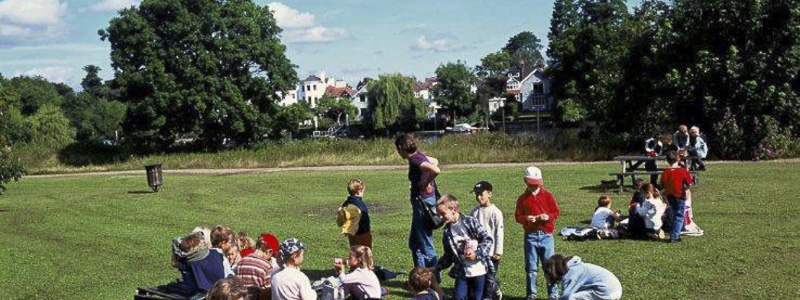As a concept ROS (Recreation Opportunities Spectrum.) can be traced back to the 1950s when the importance of diversity in recreation planning was discussed in an American journal of forestry. It was subsequently developed by the US Department of Agriculture (USDA) Forestry Service in the USA as a wilderness planning tool in the early 1970s and then translocated to other English speaking countries like Canada, Australia and New Zealand, all characterised by state owned national parks and/or wilderness areas.
The potential of the ROS was recognised early and described as: “from the paved to the primeval”. The Hillary Commission and New Zealand Department of
Conservation have extended its range and the guidelines published in 1993 noted that ROS was: “one of the best tools currently available for the integrated
management of outdoor opportunities It does not answer all the questions or provide all the solutions but it does provide a logical and consistent framework for recreation decision making”.
